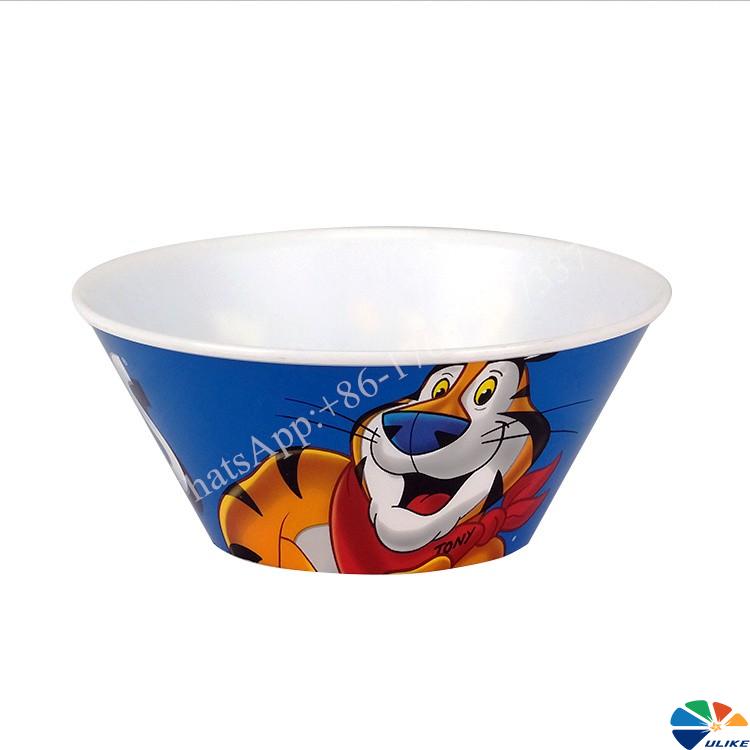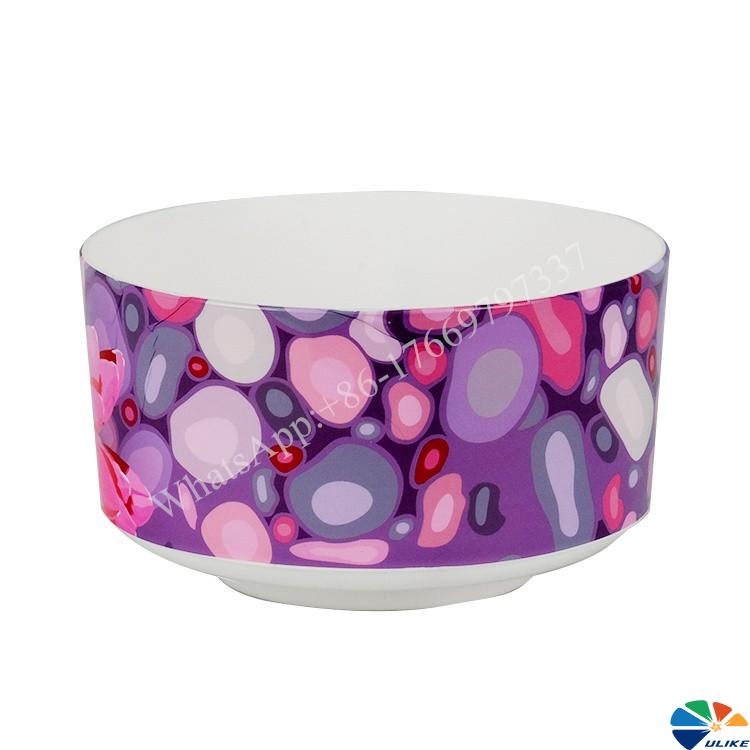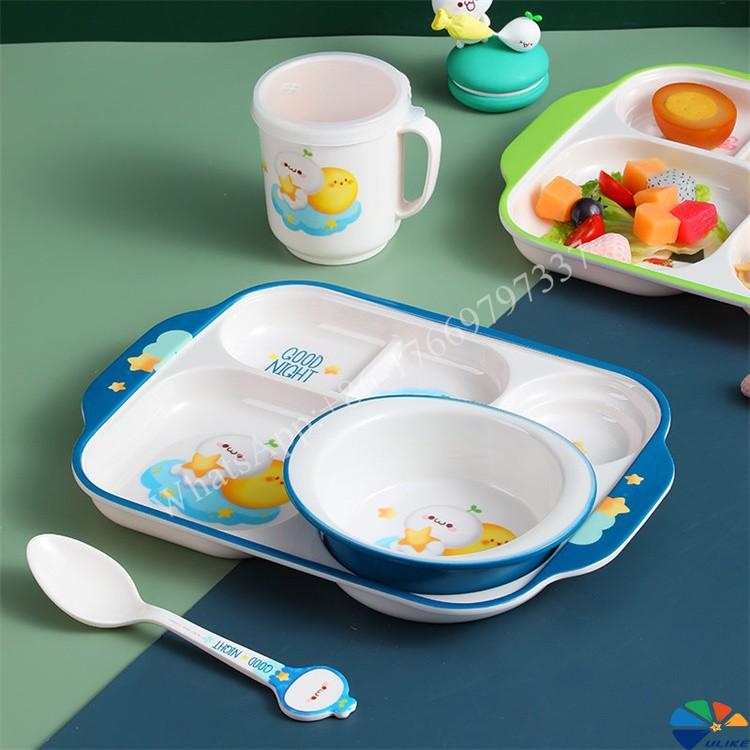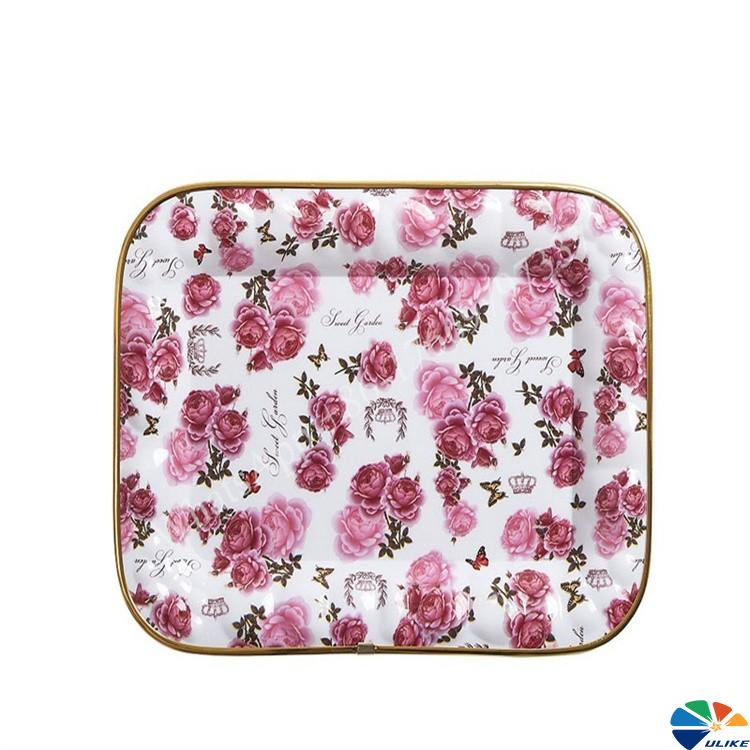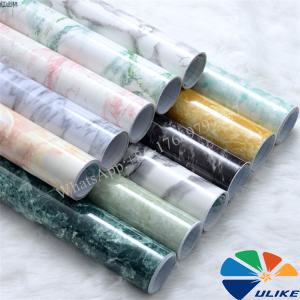Introduction to In-Mold Labeling (IML) Technology
In the evolving landscape of kitchen product manufacturing, In-Mold Labeling (IML) has emerged as a revolutionary technology that seamlessly integrates decoration and functionality into plastic products. This method involves placing a pre-printed label inside a mold during the production process, allowing the label to bond with the plastic as it forms. The result is a product with a durable, high-quality finish that is both aesthetically pleasing and functionally robust. This article explores the wide-ranging applications of IML in kitchen products, highlighting its advantages and providing insights into its growing popularity in the industry.
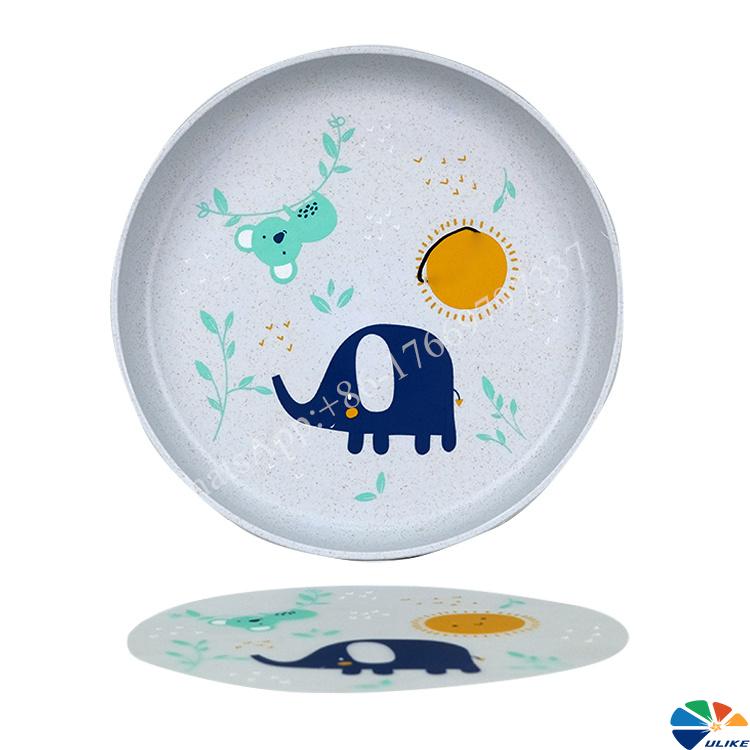
**1. Durability and Hygiene in Food Storage Containers
-
Application: IML technology is widely used in the production of food storage containers, where durability and hygiene are paramount. The labels used in IML are resistant to moisture, heat, and chemicals, making them ideal for products that need to withstand frequent washing and exposure to food.
-
Benefits: The seamless integration of the label into the container's surface ensures that there are no crevices where bacteria can accumulate, promoting a higher standard of food safety. Moreover, the high-definition graphics made possible by IML provide clear, informative labeling that remains intact throughout the product's lifecycle.
-
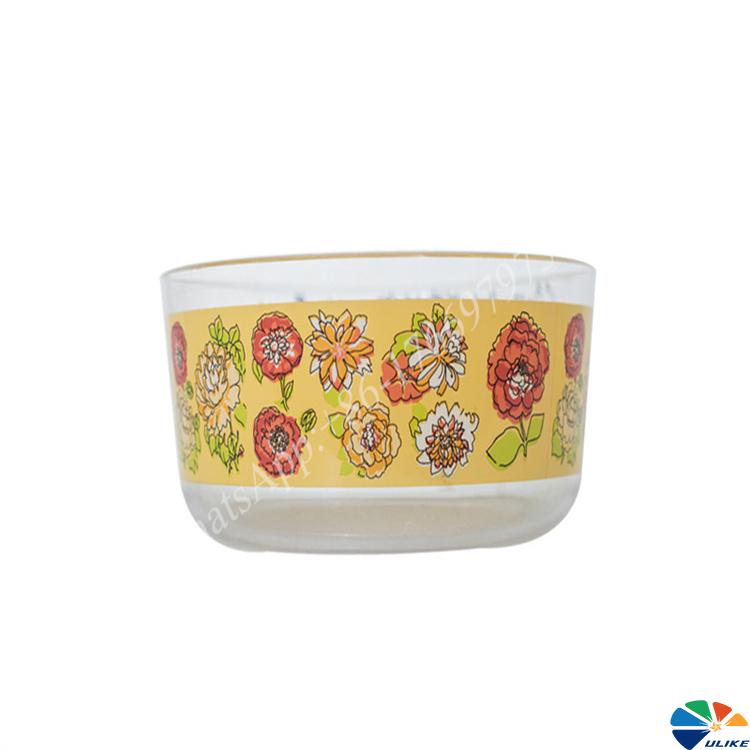
**2. Customization in Kitchen Utensils
-
Application: Kitchen utensils such as spatulas, ladles, and measuring cups often utilize IML to incorporate branding, measurement markings, and decorative designs directly onto the product. This not only enhances the aesthetic appeal but also adds functional value by making measurements easy to read and resistant to wear and tear.
-
Benefits: The ability to customize kitchen utensils through IML allows manufacturers to create unique, branded products that stand out in the marketplace. This is particularly valuable in the competitive kitchenware industry, where brand differentiation is key to consumer choice.
-

**3. Aesthetic Enhancement of Kitchen Appliances
-
Application: Small kitchen appliances, such as blenders, mixers, and toasters, benefit from IML by allowing for intricate designs and textures to be embedded directly into the appliance casing. This provides a more premium look and feel, which can enhance the overall user experience.
-
Benefits: IML provides a cost-effective solution for manufacturers to offer aesthetically enhanced products without compromising on durability. The labels are scratch-resistant and can withstand the high temperatures often associated with kitchen appliances, ensuring that the product maintains its appearance over time.
-

**4. Durable and Informative Packaging
-
Application: Packaging for kitchen products, including containers for spices, sauces, and other consumables, often uses IML to provide long-lasting labels that are resistant to fading and peeling. This is especially important for products that are stored in kitchens, where exposure to light, heat, and moisture is common.
-
Benefits: The ability to include detailed product information, such as ingredients, nutritional facts, and usage instructions, directly on the packaging, ensures that consumers have access to essential information throughout the product's shelf life. Additionally, the durability of IML labels means that packaging remains attractive and legible, contributing to a positive brand image.
-

The integration of in-mold labeling (IML) for kitchen products is not just a passing trend but a significant shift in how these products are designed and manufactured. As consumers continue to demand products that are both functional and visually appealing, IML technology offers a solution that meets these needs while also providing manufacturers with a flexible and cost-effective production method. The continued innovation in IML materials and techniques promises to expand its application even further, making it a cornerstone of kitchen product manufacturing in the years to come.
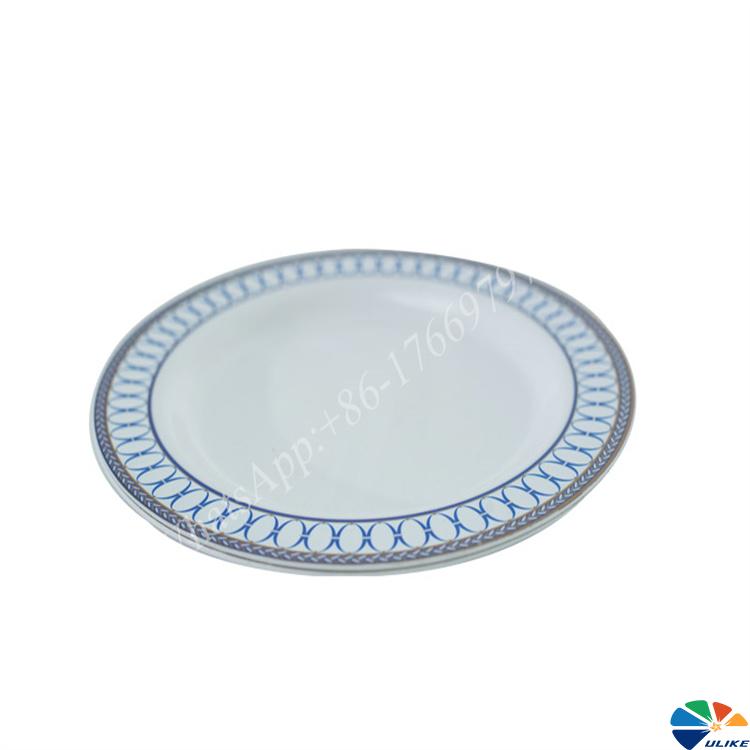
Keywords: in mould label for kitchen product, IML technology, kitchenware industry, food storage containers, kitchen appliances, durable packaging, customization.
By integrating these aspects into your content strategy, the article is optimized for search engines, making it more likely to rank well on Google and attract relevant traffic interested in IML technology and its applications in kitchen products.
![af]() Afrikaans
Afrikaans![sq]() Albanian
Albanian![am]() Amharic
Amharic![ar]() Arabic
Arabic![fr]() French
French![es]() Spanish
Spanish![ru]() Russian
Russian![de]() German
German![hy]() Armenian
Armenian![it]() Italian
Italian![ja]() Japanese
Japanese![ko]() Korean
Korean![pt]() Portuguese
Portuguese![hi]() Hindi
Hindi![az]() Azerbaijani
Azerbaijani![ro]() Romanian
Romanian![pl]() Polish
Polish![th]() Thai
Thai![el]() Greek
Greek![eu]() Basque
Basque![en]() English
English![zh-CN]() Chinese (Simplified)
Chinese (Simplified)![zh-TW]() Chinese (Traditional)
Chinese (Traditional)![be]() Belarusian
Belarusian![bn]() Bengali
Bengali![bs]() Bosnian
Bosnian![bg]() Bulgarian
Bulgarian![ca]() Catalan
Catalan![ceb]() Cebuano
Cebuano![ny]() Chichewa
Chichewa![co]() Corsican
Corsican![hr]() Croatian
Croatian![cs]() Czech
Czech![da]() Danish
Danish![nl]() Dutch
Dutch![eo]() Esperanto
Esperanto![et]() Estonian
Estonian![tl]() Filipino
Filipino![fi]() Finnish
Finnish![fy]() Frisian
Frisian![gl]() Galician
Galician![ka]() Georgian
Georgian![gu]() Gujarati
Gujarati![ht]() Haitian Creole
Haitian Creole![ha]() Hausa
Hausa![haw]() Hawaiian
Hawaiian![iw]() Hebrew
Hebrew![hmn]() Hmong
Hmong![hu]() Hungarian
Hungarian![is]() Icelandic
Icelandic![ig]() Igbo
Igbo![id]() Indonesian
Indonesian![ga]() Irish
Irish![jw]() Javanese
Javanese![kn]() Kannada
Kannada![kk]() Kazakh
Kazakh![km]() Khmer
Khmer![ku]() Kurdish (Kurmanji)
Kurdish (Kurmanji)![ky]() Kyrgyz
Kyrgyz![lo]() Lao
Lao![la]() Latin
Latin![lv]() Latvian
Latvian![lt]() Lithuanian
Lithuanian![lb]() Luxembourgish
Luxembourgish![mk]() Macedonian
Macedonian![mg]() Malagasy
Malagasy![ms]() Malay
Malay![ml]() Malayalam
Malayalam![mt]() Maltese
Maltese![mi]() Maori
Maori![mr]() Marathi
Marathi![mn]() Mongolian
Mongolian![my]() Myanmar (Burmese)
Myanmar (Burmese)![ne]() Nepali
Nepali![no]() Norwegian
Norwegian![ps]() Pashto
Pashto![fa]() Persian
Persian![pa]() Punjabi
Punjabi![sm]() Samoan
Samoan![gd]() Scottish Gaelic
Scottish Gaelic![sr]() Serbian
Serbian![st]() Sesotho
Sesotho![sn]() Shona
Shona![sd]() Sindhi
Sindhi![si]() Sinhala
Sinhala![sk]() Slovak
Slovak![sl]() Slovenian
Slovenian![so]() Somali
Somali![su]() Sudanese
Sudanese![sw]() Swahili
Swahili![sv]() Swedish
Swedish![tg]() Tajik
Tajik![ta]() Tamil
Tamil![te]() Telugu
Telugu![tr]() Turkish
Turkish![uk]() Ukrainian
Ukrainian![ur]() Urdu
Urdu![uz]() Uzbek
Uzbek![vi]() Vietnamese
Vietnamese![cy]() Welsh
Welsh![xh]() Xhosa
Xhosa![yi]() Yiddish
Yiddish![yo]() Yoruba
Yoruba![zu]() Zulu
Zulu

